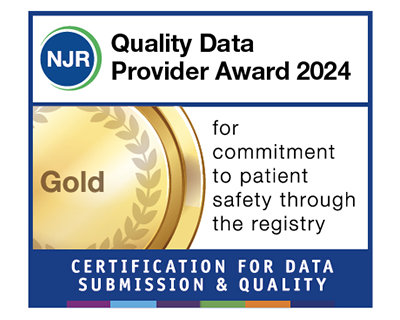The procedure is usually a day case procedure, so you can expect to go home on the same day.
Our Ramsay team will advise you about your recovery and your surgeon arrange follow-up to assess your progress.
It is advised that you rest at home for at least a week. You can then return to work unless your job requires heavy lifting when you will need two weeks off work.
You can expect a little blood-coloured watery fluid discharge from your nose for up to 10 days after your septoplasty which should lessen as time goes on.
Your nose will be partially blocked and you will feel like you have a heavy head cold for the first two weeks. Your surgeon may advise you on the use of a salt-water wash, decongestant nose drops and sprays to help keep your nose relatively clear during this period.
You can expect the front of your nose to be tender for up to a couple of months.
Your stitches inside the front of your nose will dissolve and fall out by themselves.
To prevent nose bleeding, you should not blow your nose for about a week unless advised by your surgeon. If you need to sneeze, sneeze with your mouth open so as to not stifle the sneeze.


